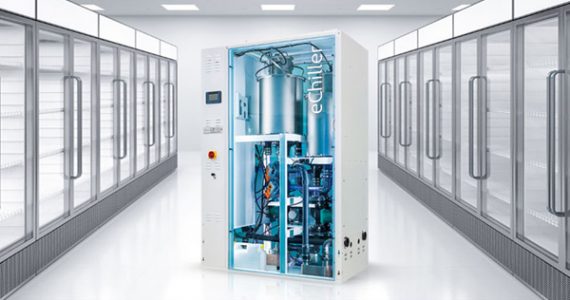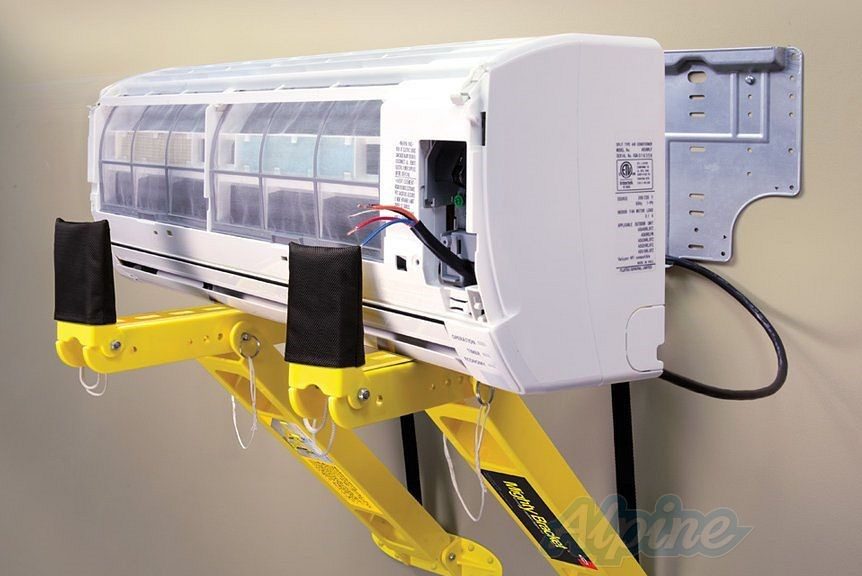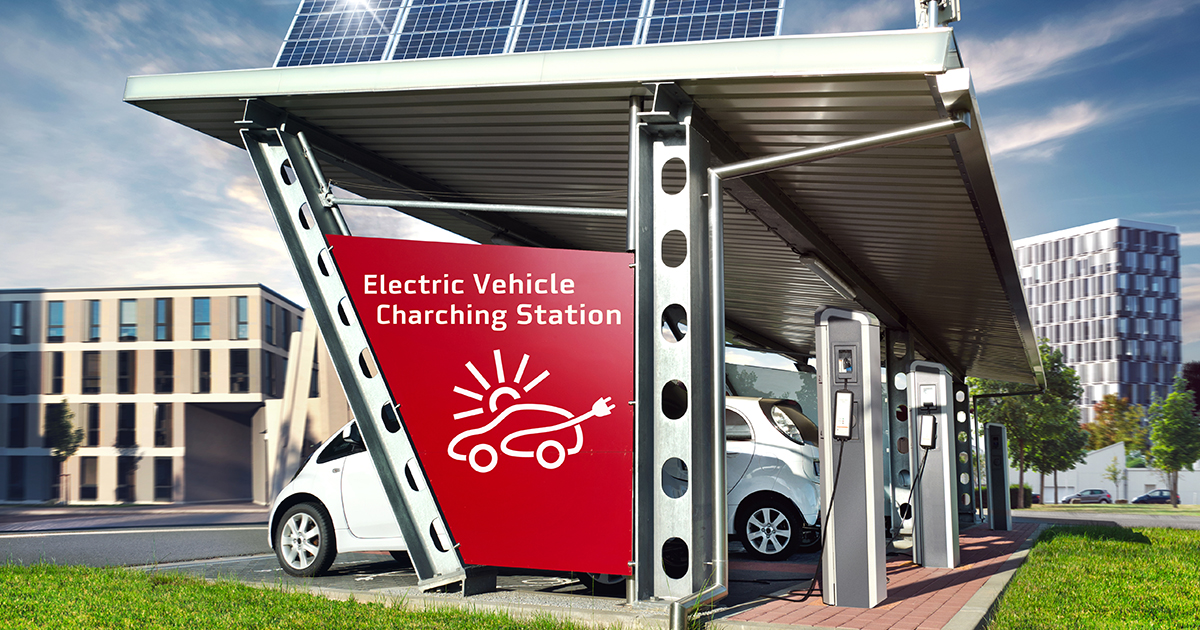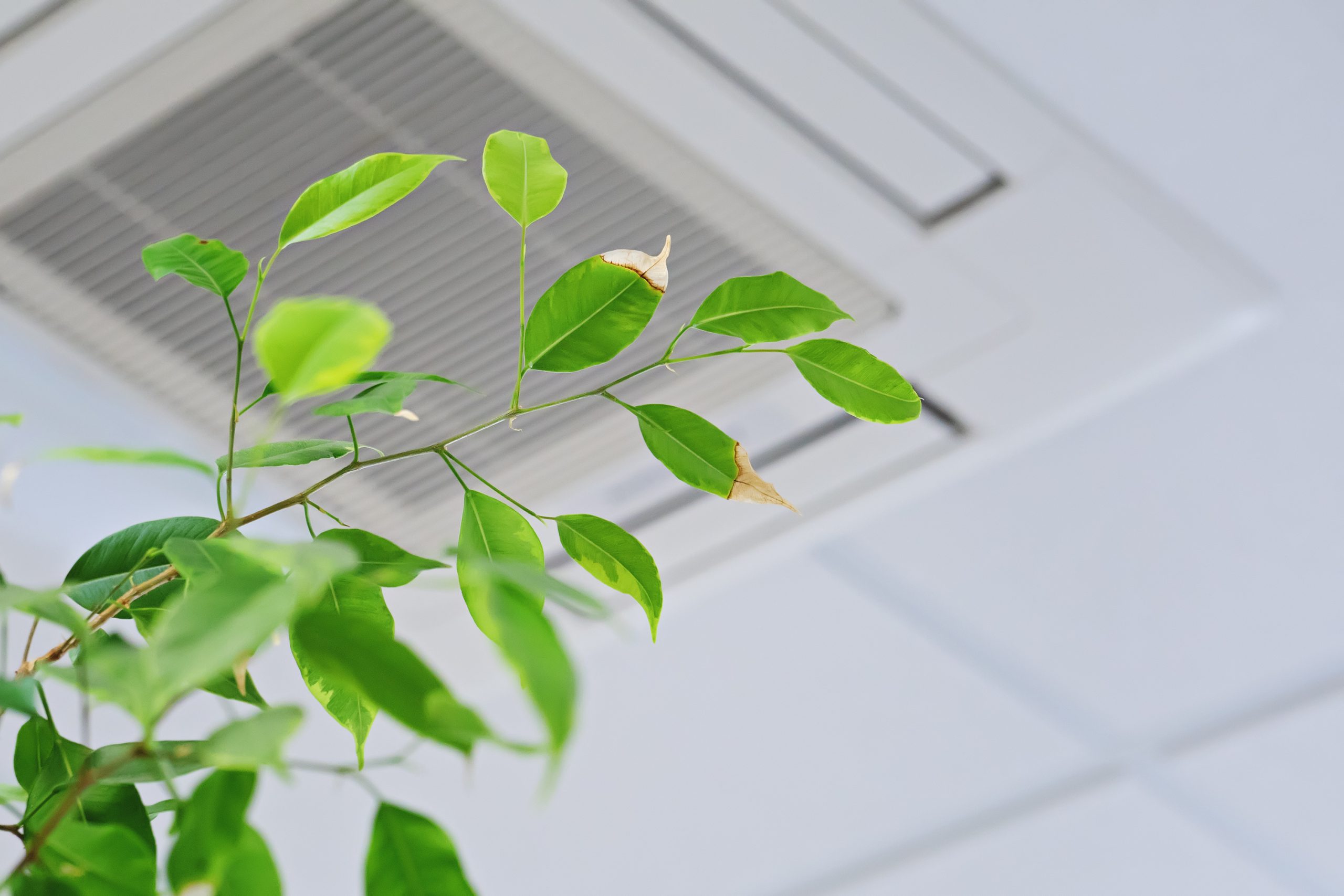
Using water as a refrigerant with eChiller
Developed by the German company Efficient Energy, eChiller is a cooler that uses water as a refrigerant. This innovation, which recently entered the production phase, is designed for data centres, ceiling or underfloor cooling systems, plastics processing applications and CO2 installations.
How does it work?
The eChiller provides cooling through the direct evaporation of water enclosed in a vacuum. It can be used with chilled water temperatures, ideally above 16 °C. Available cooling power ranges from 20 to 300 kW.
What components does it contain?
Like a traditional cooling system, the cooler includes an evaporator, compressor, condenser and expansion area.
It is equipped with an integrated “free cooling” system that enables optimised annual performance.
The annual EER (ratio of cooling output to power input) can be greater than 15. The eChiller is equipped with connectable interfaces allowing performance tracking.
Its fully encased, compact and quiet skid* construction avoids the need for a machine room so it can be positioned exactly where required.
What are the advantages?
The eChiller costs less than €20K, with return on investment between two and three years, and brings undeniable environmental benefits.
Standards in the refrigeration sector have tightened considerably, with the 2019 F-gas regulations, NF EN 378 standard and European Pressure Equipment Directive (PED). These new regulations govern the use of refrigerant fluids categorised as greenhouse gases. In this context, water as a natural, low-carbon refrigerant is a compelling alternative for our customers.
The German manufacturer is looking for partners in France. Please contact Patrice Franssens for more information.
* A SKID is an assembly of industrial equipment and materials designed to fulfil a specific function, such as pumping, counting, or cooling and heating fluids. This process system is self-contained within a frame.
Did you like the article ?


